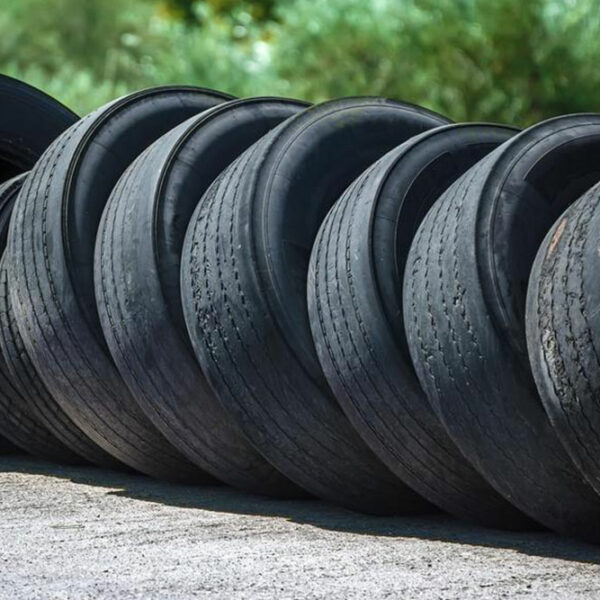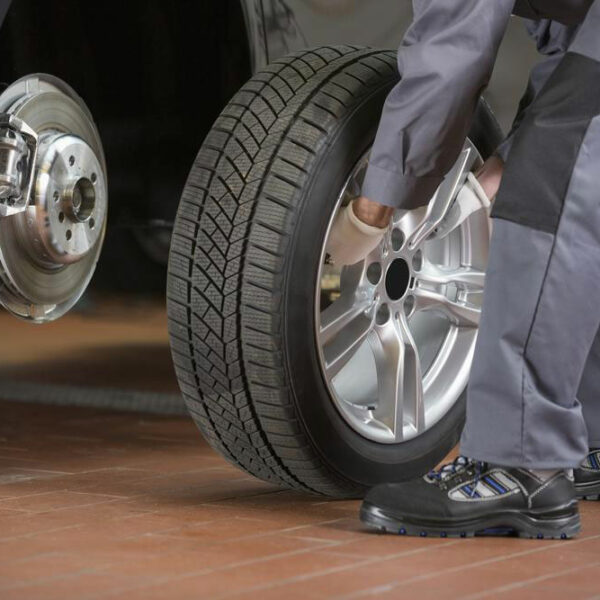
Evolution of tires
Tires find applications in varied fields so much so tire production and consumption is considered a yardstick for the economic strength and performance. Tire types are innumerable. Automobile, two-wheeler, tractors, heavy duty vehicles, aircraft, all need tires and that too of various attributes. The tire has become a major industry today. All tires have some quality that runs through the whole ambit of application. The factors that run throughout the industry are strength, long life measured in terms of distance covered, high road grip and low running friction to minimize fuel consumption and a host of safety considerations. Tires have to encounter different surfaces and different speeds. Then again, if the tire is being developed for special applications, the specification would include features to accommodate the special needs. Rubber was discovered about 3500 years ago by the South American Indians. They extracted the latex from the tree The botanic name is Hevea Brasiliensis (Para Rubber Tree). They boiled the latex and made the first rubber ball. Christopher Columbus brought the rubber ball on his second return from South America. In mid-1880 solid rubber tire made their appearance. These were simple tires and the rubber took all the load and cushion the shocks.









